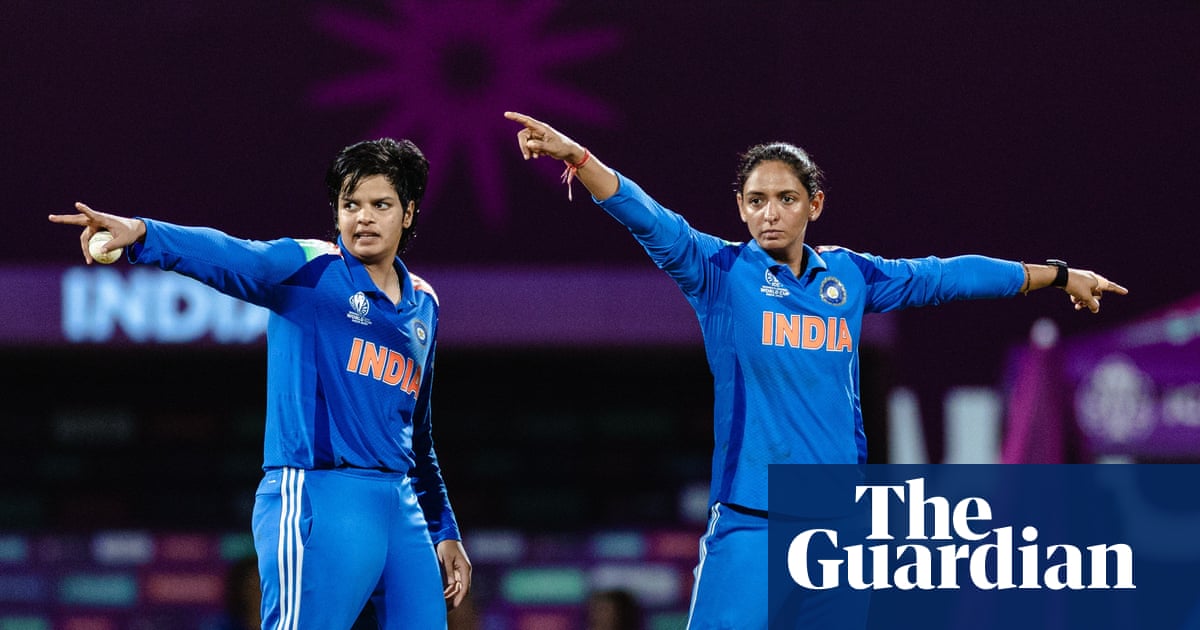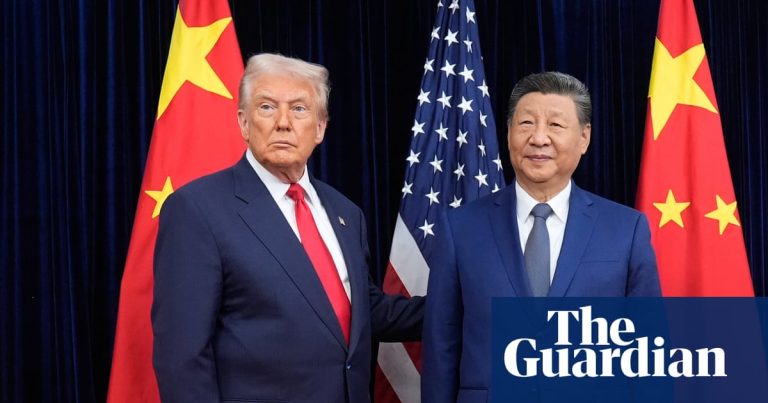Growing up in rural Rohtak, Haryana, Shafali Verma always wanted to play cricket, but in her town the game was not for girls. At nine she cut her hair, entered a tournament disguised as her brother and won man of the match. Her father, Sanjeev, after being refused by every academy that would not accept a girl, enrolled her as a boy. “Luckily, nobody noticed,” he recalled as Verma went on to debut for India’s women’s team at 15.
On Sunday Verma and her teammates lifted the Women’s Cricket World Cup, the first time India’s women have won the trophy. Their victory carried more than sporting glory: it symbolised progress toward equality after years of battling social stigma, scarce resources and the need to juggle work with training.
Cricket in India borders on a national religion, a multibillion-dollar industry long seen as a “gentleman’s game”. Professional contracts for women arrived only in 2017 and a women’s premier league (WPL) was launched in 2023. Many girls still face resistance at home and in their communities. Varnika Choudhary, who plays under-23 cricket for Uttar Pradesh, spent two years convincing her parents to let her play. Where villages gathered for the IPL and men’s World Cups, women’s professional cricket had been largely ignored — until now.
When India won, Choudhary said her whole village watched the final in the square and celebrated. People messaged her saying “this will be you winning for India one day.” They were impressed by Verma’s batting and told Choudhary she hit “like a man.” She corrected them: “No, she’s hitting like a woman.”
Hundreds of millions tuned in to the final. For many, the triumph went beyond sport, signaling change for women in a patriarchal society where public behaviour and appearance remain tightly policed and women are paid less across sectors. “More women playing cricket changes everything, not just in the sport,” Choudhary said. “We feel independent, we feel we are doing something for ourselves and that society can finally see us equal to the men.”
Cricket writer Sharda Ugra noted the wider cultural impact: women in the public space are often judged in terms of honour or shame, so seeing players from small towns running, sweating and shouting without inhibition sent a powerful message. The team, led by Harmanpreet Kaur, were feted as sporting royalty after their win and were hosted at the prime minister’s residence. Kaur acknowledged the debt to past female cricketers and said without this trophy the “revolution, the change we want, won’t come.”
Ugra believes the win could spark a mass movement toward cricket as a pastime and profession for girls, but she cautioned that women’s cricket still lags far behind the IPL. The WPL has only five teams, training facilities and academies for girls — especially in rural areas — remain limited, and women’s cricket is governed under the same body as men’s, rather than having a separate organisation.
The effect is already visible at grassroots level. At a cricket academy affiliated with Delhi’s Gargi College, 11-year-old Kiera Kareer said the final proved women’s cricket is as good as men’s and inspired her to aim for the national team. Spreeha Maurya, now 18, remembered being the only girl at the academy a few years ago; coaches initially let her train free to encourage female participation. After the win, she saw packed stadiums and heard crowds cheering for women in a way she hadn’t before.
Numbers at state trials have surged: Rudal Maurya, whose daughter trains at the Delhi academy, said there used to be about 40 girls at trials; this year about 500 attended. Seeing girls as young as six in the nets, he felt the mindset was changing and believed more parents would now bring their daughters to train. “My daughter is so passionate about cricket. It is the dream of our whole family that one day she too will play for India,” he said.
The World Cup victory has given visibility, momentum and proof that investment and support can change attitudes. The challenge now is to turn inspiration into infrastructure — more teams, better coaching, wider access and sustained funding — so that the breakthrough becomes a lasting shift for future generations of women cricketers.
Additional reporting by Aakash Hassan




